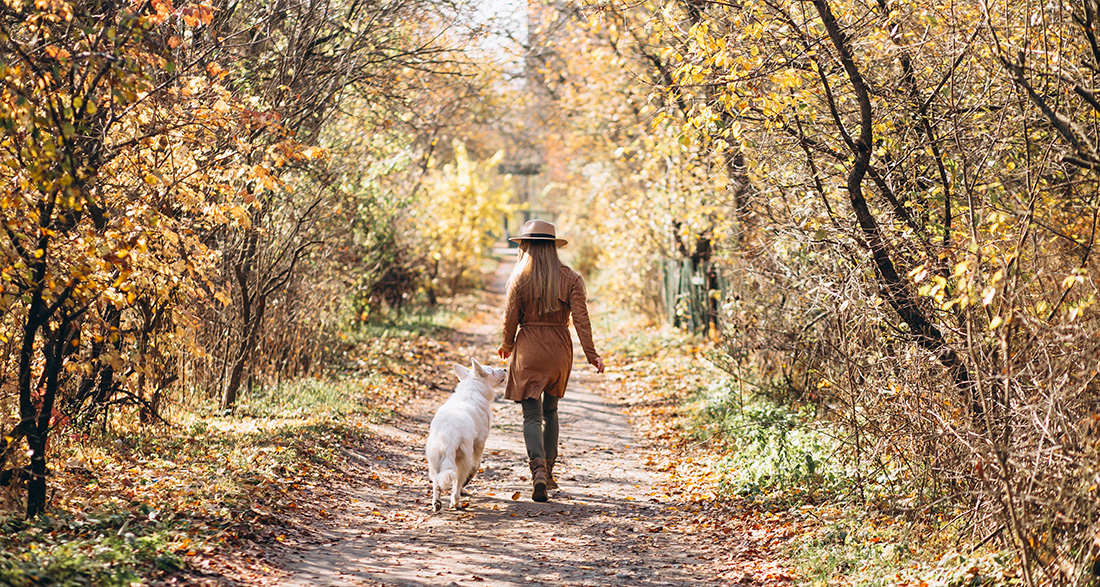Autumn walks with dogs are particularly enjoyable, but there are some things that dog owners should consider for their furry companions during the cold season. Here are eight tips for dog owners.
- Beware of Chestnuts, Walnuts, and Others
- Keep Moving with Your Dog in Autumn
- Equipment for the Dog in Autumn Provides Safety
- Dog Owners Should Also Consider Their Own Equipment
- Thoroughly Dry the Dog in Wet and Cold Conditions
- Autumn Forest Walk: Beware of Wildlife
- Adjust Food Quantity in Autumn
- Don’t Skip Walks with Your Dog in Autumn
Quick Facts:
- Forest fruits like chestnuts and walnuts can be dangerous for dogs.
- Dogs should stay active in the cold to avoid getting too cold.
- Reflective accessories increase the dog’s visibility in the dark.
- Wet dogs should be dried promptly at home.
- Encounters with wildlife may increase during dusk.
- In winter, the dog’s energy needs may rise, so adjust the food accordingly.
- Regular walks, even in bad weather, are important for the dog’s health and well-being.
Beware of Chestnuts, Walnuts, and Others
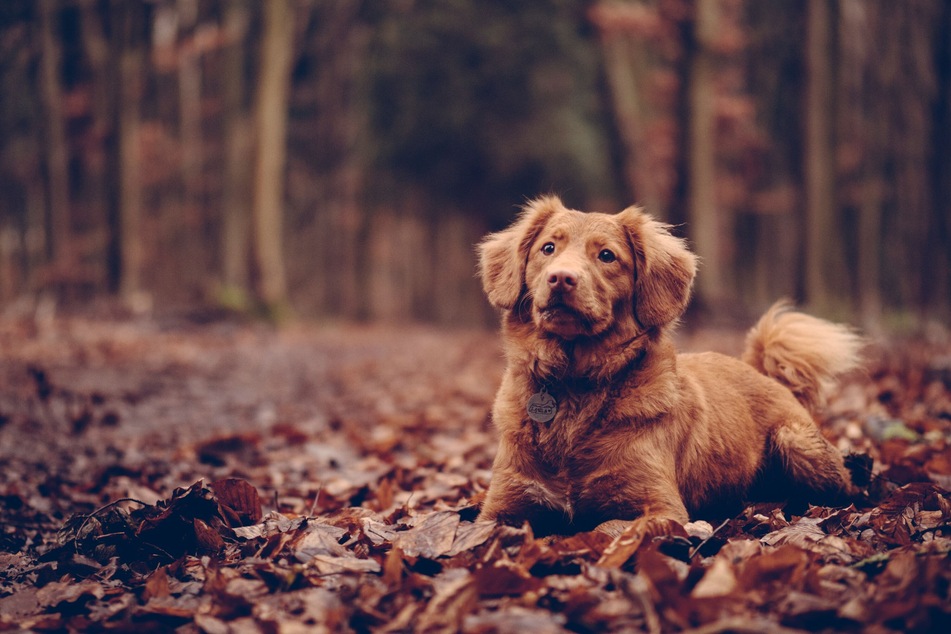
Even though walnuts, chestnuts, or pine cones invite play and tossing, dog owners should avoid them.
While these forest fruits may seem harmless, they can become life-threatening for dogs.
For instance, the green husk of walnuts often contains toxic molds. If a dog chews on a walnut intensely, these substances can enter the nervous system through saliva. The dog may suffer from poisoning or, in the worst case, even die.
Acorns, chestnuts, or pine cones also pose a danger to dogs. Although not toxic, swallowing them can lead to intestinal blockage. This not only causes great pain but can ultimately result in a life-saving operation, which comes with high costs.
Dog owners should pay close attention to what their dog is engaging with during walks. To prevent any issues, it’s best to always have high-quality dog toys on hand. This way, the dog is not tempted to grab fruits lying on the ground.
Keep Moving with Your Dog in Autumn
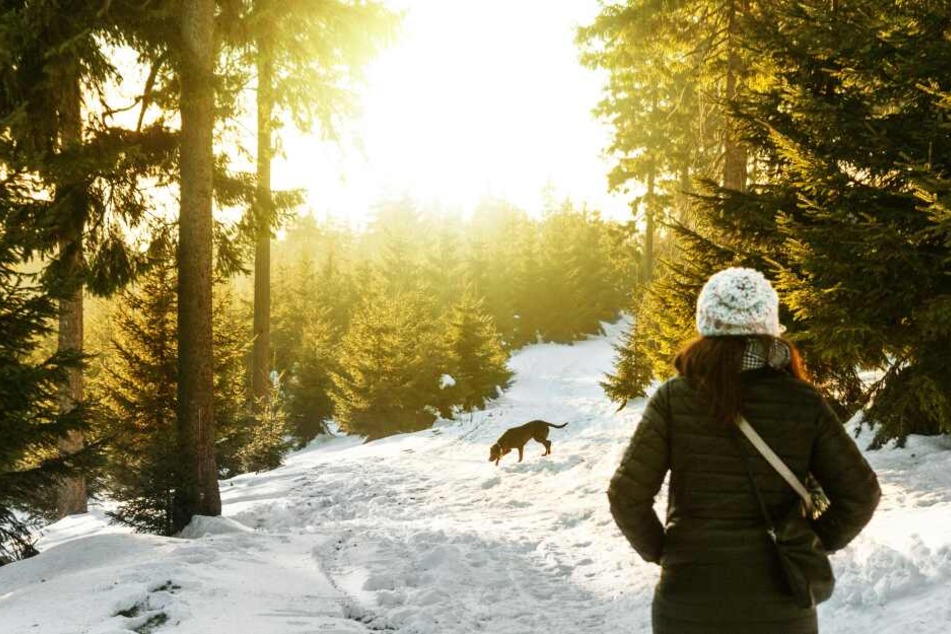
Even though October provided many warm hours of sunshine, temperatures have dropped significantly since November.
While dogs that regularly spend extended periods outdoors develop a thick undercoat in time, it’s essential to ensure that the dog stays in motion in cold temperatures around zero degrees.
Extended breaks, such as chatting with a friend or playing with children on the playground, can cause the dog to cool down quickly and start shivering.
Therefore, dog owners should always keep an eye on whether the dog is cold and, if so, head home.
Good to know
Most dogs do not need a special coat or warming dog sweater. Only very young or older dogs, as well as those with little body weight or fur, should be protected from cold temperatures, or at least from moisture.
Equipment for the Dog in Autumn Provides Safety

When days get shorter in autumn and winter, it becomes more crucial than ever for the dog to be clearly visible during walks.
Otherwise, dogs can easily be overlooked by cyclists or drivers.
Dog owners should keep their dogs on a leash near roads and ensure adequate visibility.
Especially very small dogs or those with dark fur are often overlooked.
It’s even better to equip the dog with appropriate illuminating devices. These include light-up collars, a reflective dog harness, or a blinking leash.
Self-illuminating dog accessories are particularly useful when allowing the dog to run freely in a meadow or forest.
Dog Owners Should Also Consider Their Own Equipment
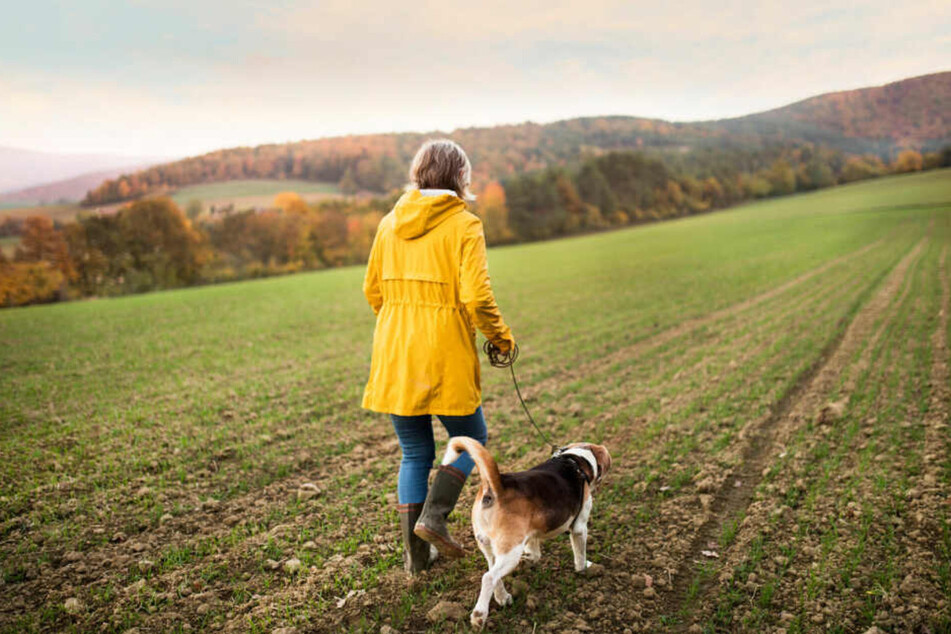
But it’s not just the dog that should be easily recognizable during walks.
Dog owners themselves should ideally wear bright and vivid colors to remain visible in twilight and darkness.
To be well visible for other road users and pedestrians, it’s recommended to wear at least one reflective band on the jacket sleeve.
Elastic safety bands, for example, are suitable for this purpose:
Good to know: If the walks take place in darkness and away from well-lit paths, a functioning flashlight is essential and should always be carried by the dog owner.
Thoroughly Dry the Dog in Wet and Cold Conditions
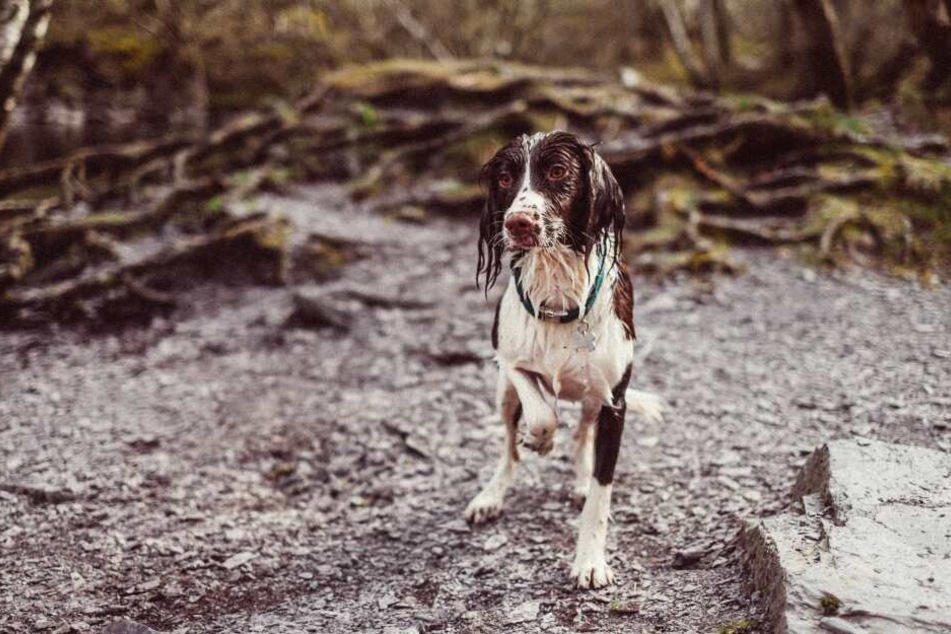
While a healthy dog generally copes well with cold temperatures, wetness poses a significant problem.
When the fur becomes thoroughly wet due to rain, snow, or a splash into a stream, the body can no longer retain heat.
To prevent the dog from getting chilled or even catching a cold, it is crucial after an autumn or winter walk to quickly dry the four-legged companion.
For dogs soaked to the skin, rubbing with a towel is no longer sufficient.
In this case, it is important to either reserve a warm spot by the fireplace or heater for the dog or quickly blow-dry them.
If you want to avoid your pet getting thoroughly wet, a raincoat for the dog is a good solution.
Autumn Forest Walk: Beware of Wildlife
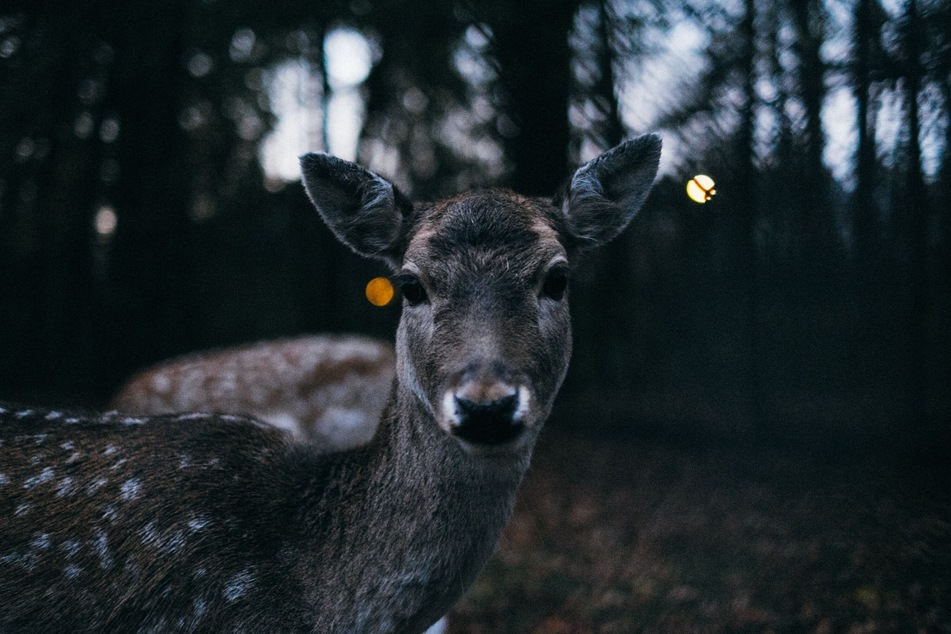
As the days get shorter in autumn, wild animals such as deer, foxes, or hedgehogs are active earlier in the day.
Therefore, dogs should be better kept on a leash if the four-legged friend has a strong hunting instinct and the walk leads, for example, through a forest.
This way, the dog owner maintains control, and the furry friend does not put itself in danger by chasing after a rabbit or deer.
Adjust Food Quantity in Autumn
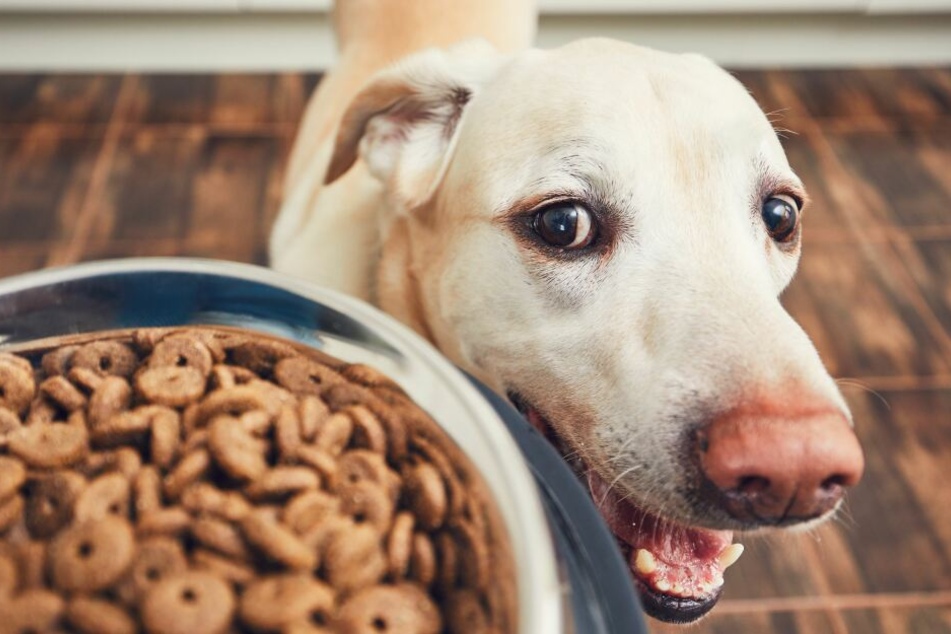
If dog owners continue to spend a lot of time outdoors with their four-legged friends in autumn and winter, the energy needs of the animal also increase.
It is therefore acceptable to slightly increase the food quantity or fat content during the cold season.
However, adjusting the food amount should be done in small steps to prevent digestive problems in the dog.
Don’t Skip Walks with Your Dog in Autumn
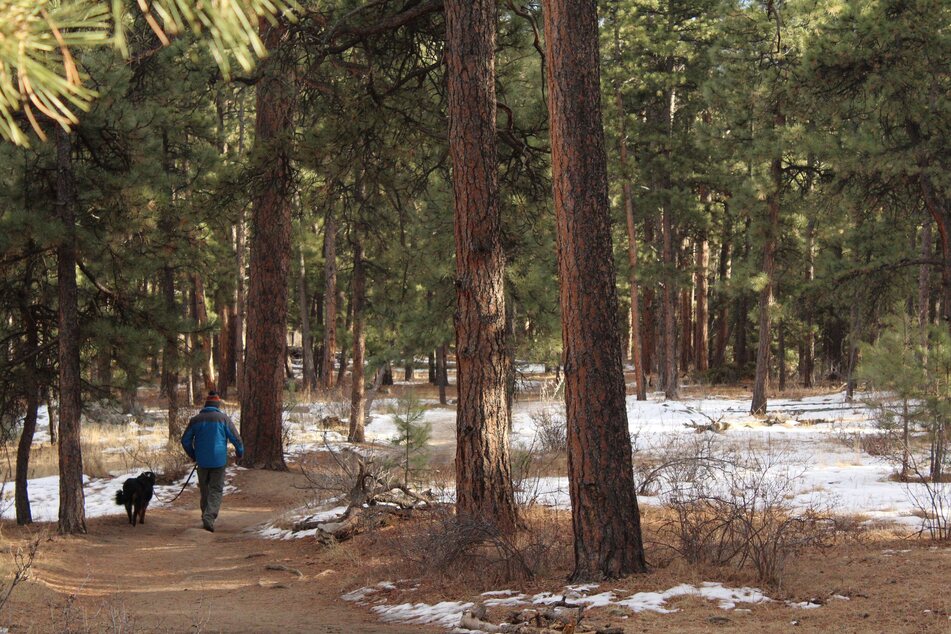
Even if a clear sky with sunshine and mild temperatures is not inviting, extensive walks should not be skipped. Going for walks even in bad weather is important for both dogs and humans, as it boosts the immune system.
At the same time, it provides the necessary mental and physical balance for the dog, preventing mischief at home.
Of course, there are so-called fair-weather dogs that would be ready to head back home after the first few meters. However, dog owners should resist their (inner) laziness and venture into nature even in wind and rain.
In the end, it benefits the health of all involved, and returning home to a warm room becomes even more enjoyable.
Conclusion: Safely and Healthily Navigate Autumn with Your Dog
In autumn and winter, dog owners should pay attention to forest fruits like chestnuts and walnuts during walks, ensuring the dog does not swallow or chew them. As the temperatures drop, it becomes even more crucial to keep the dog in motion to prevent them from getting too cold.
If the furry companion gets wet on the way, they should be promptly dried at home. Reflective gear for both dogs and humans ensures the necessary safety to be noticed from a distance, especially in the dark.
Lastly, it’s essential to plan regular walks even in unfavorable weather. These walks are indispensable for the health and overall well-being of the dog.


